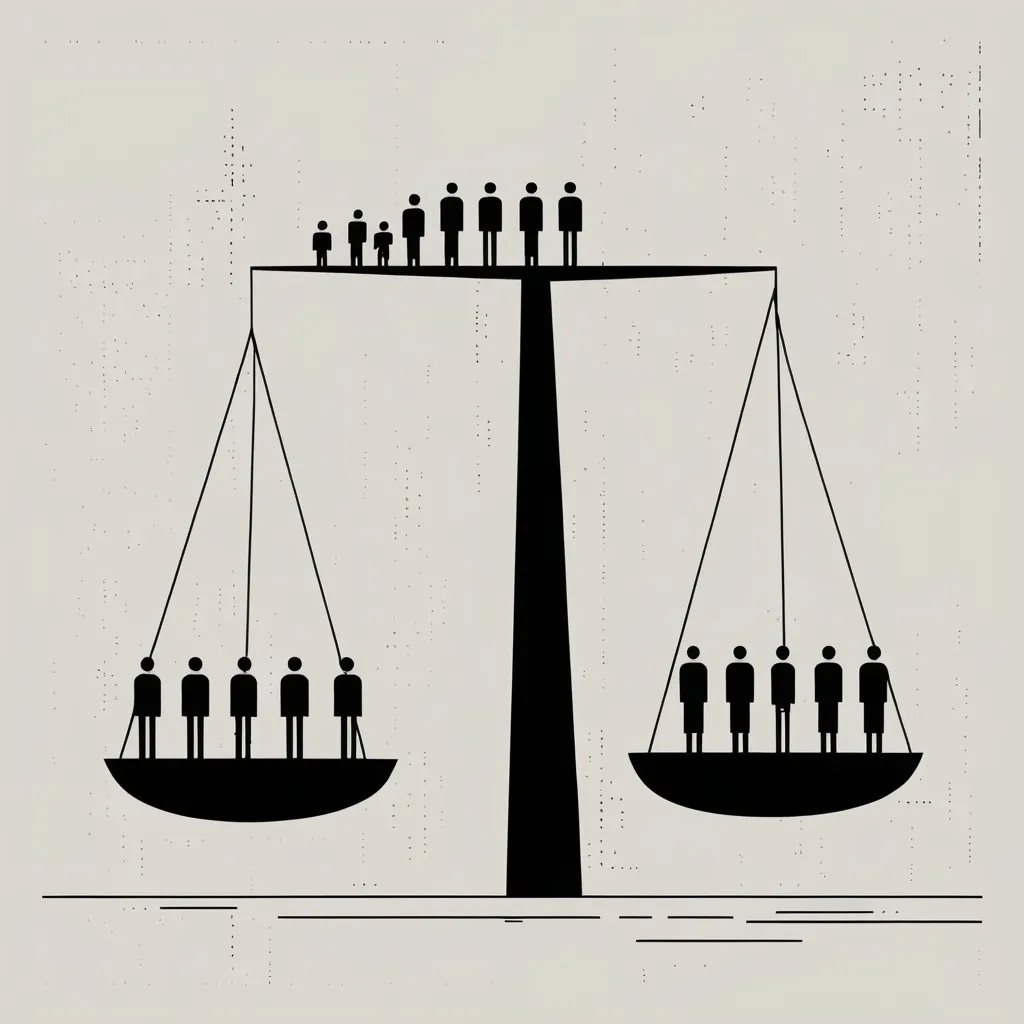Managing money can feel like a daunting task, but when done right, it can lead to financial stability and peace of mind. One way to take charge of your finances is by using expense tracking apps. These handy tools can help you see exactly where your money is going, categorize your spending, and stick to your budget. Let’s dive into some of the best options out there to help you manage your money better.
Why even bother tracking your expenses? Well, think about it this way: knowing where your money goes is the first step to making it work for you. When you track your spending, you can spot the areas where you might be splurging a bit too much and then make adjustments. It gives you a clear snapshot of your financial habits, which is essential for budgeting and saving.
One of the first apps to consider is Spending Tracker. It’s super user-friendly, totally free, and has an interface that makes logging expenses a breeze. You can monitor your spending on a weekly, monthly, or yearly basis, and set a fixed budget to stay on track. If you have any leftover budget, it carries over to the next period, which is a nifty feature.
Spending Tracker also gives you a summary view so you can see how you’re progressing and go back to analyze past spending patterns. You can easily log expenses and income, sort transactions by date, name, or amount, and even export them for a deeper dive. The app supports customizable categories and provides interactive charts to help visualize your spending, making money management a lot less stressful.
Another app that’s worth a look is EveryDollar. This one helps you adopt a zero-based budget plan, meaning you account for every dollar you spend. This ensures that you’re making the most out of your money. The simplicity of this app is a winner, especially for those who prefer manually entering their expenses, like cash transactions.
Expensify is a fantastic option if you’re looking for more advanced features. It’s great for personal and business use, offering tools like a receipt scanner and automatic expense categorization. Expensify takes the hassle out of managing receipts and travel expenses and even automates expense reports. It integrates smoothly with popular accounting tools like Xero, NetSuite, and QuickBooks, covering a wide range of needs.
For Android users, Money Manager & Expenses is a standout. It has a clean display and plenty of personalization options. You can track daily expenses, manage budgets, and handle multiple accounts. Features like alerts when you go over budget and real-time expense reports make it a solid choice for everyday use. User reviews often highlight the minimal number of ads, contributing to an overall pleasant experience.
Another favorite for Android is AndroMoney. It’s versatile in tracking daily expenses and managing budgets, with alerts for budget overruns and detailed expense reports. The premium version is ad-free and offers additional features like multiple account management and device syncing, making it an all-around effective tool.
When picking an expense tracking app, consider a few key features. Firstly, ease of use is crucial. An app should have a simple, intuitive interface that makes logging expenses quick and painless. Customization options are also important. Being able to create and edit categories will help you track your spending more accurately.
Budgeting tools are essential. Look for features that let you set a fixed budget and carry over any remaining funds to the next period. Reporting and visualization tools can make a big difference, too. Apps that offer interactive charts and detailed reports help you understand your spending patterns better.
Syncing and backup features are also important. Being able to sync data across multiple devices and automatically back up your information ensures that your financial data is always safe and accessible.
Some people prefer manual tracking over automated options. While many apps offer automatic logging of transactions through bank integration, manual entry can be more accurate, especially for cash transactions. Manually entering each expense can make you more mindful of your spending habits. For instance, you could use a template on Google Sheets with a front-facing form. This simple yet effective method lets you set up categories and log transactions on the go, which then feed into a spreadsheet for easy analysis.
If you’re looking to get started with expense tracking, here are a few tips to keep in mind. Start small by tracking your expenses for a short period to get used to it. Consistency is key, so make it a habit to log every transaction, no matter how small. Categorize your expenses to see where your money is going more clearly. Regularly review your spending to spot areas for improvement and adjust your budget based on your spending patterns to allocate funds more efficiently.
Expense tracking apps are invaluable tools for managing finances. Whether you go for a straightforward app like Spending Tracker or a more complex one like Expensify, find the tool that fits your needs. By selecting the right app and following some simple tips, you can take greater control of your finances and reach your financial goals.
In today’s digital age, there’s no better time to get a handle on your money. With the right app by your side, you can make sure you’re using your money wisely and setting yourself up for long-term financial success. So, why wait? Start tracking your expenses today and see the difference it can make in your financial health.






